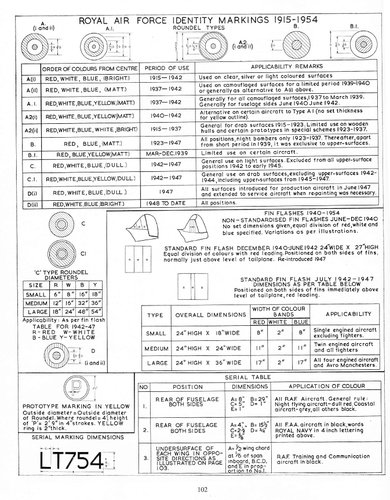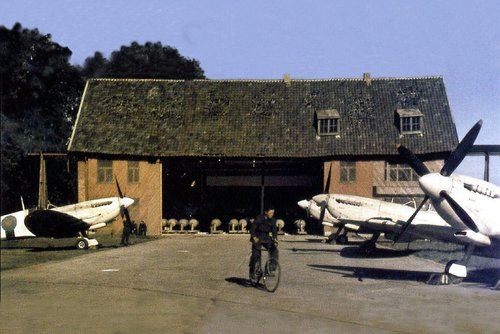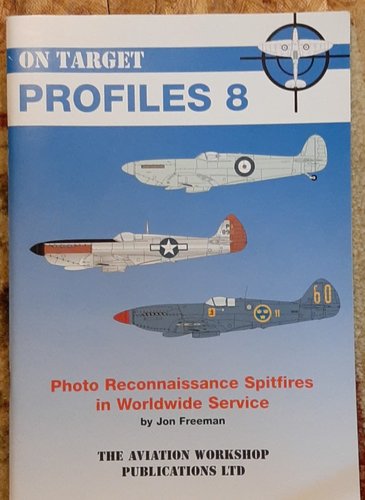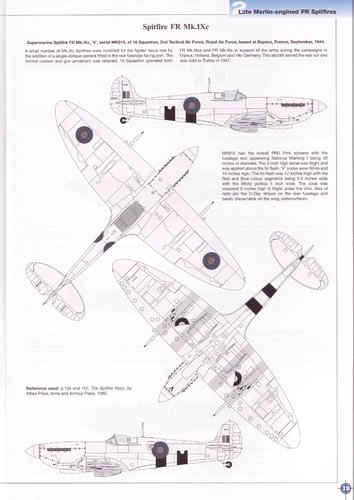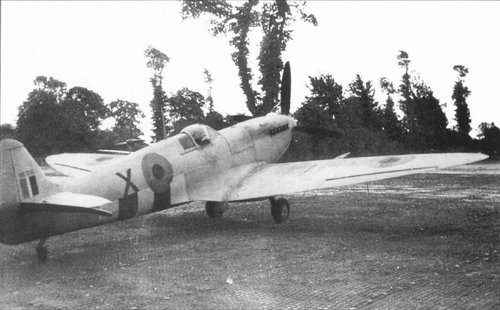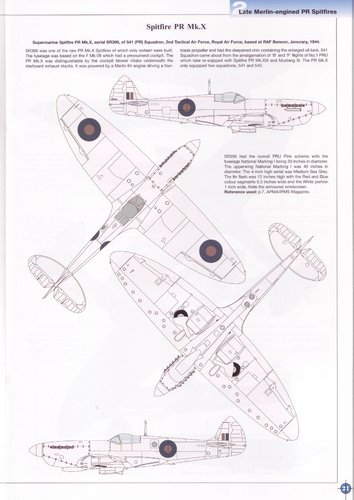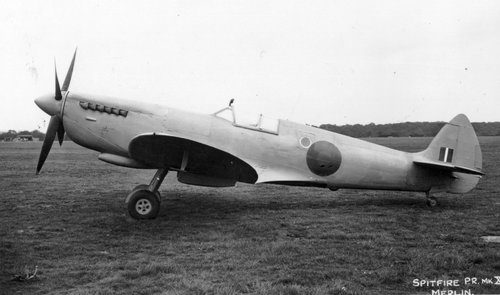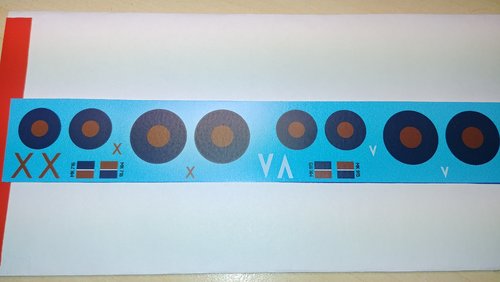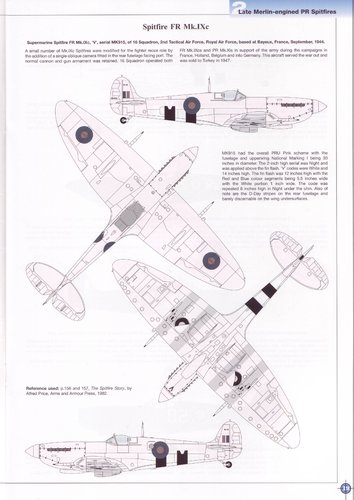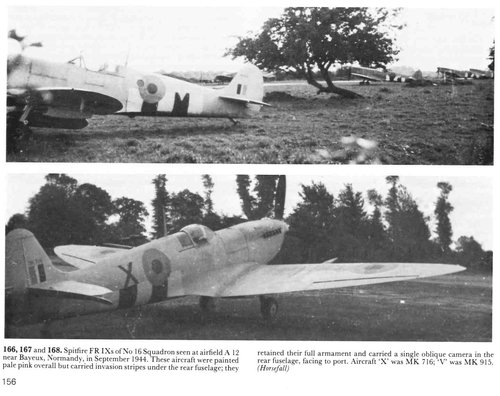Venetian Red + White very pale 'pink white'
Introduction to British color standards
The main color standard used on British military aircraft is known as British Standard BS 381, which was was introduced in 1930 as British Standard BS 381: Colours for Ready Mixed Paints. It was revised shortly thereafter in 1931 as British Standard BS 381C. This included a total of 57 colors known by their one or two-digit numbers and which were ordered in the following manner: blues, browns, greens, grays, reds, browns, and yellows. Neither white nor black were included. A further seven colors were later added bringing the total palette to 64 colors by the start of World War II. A few numbers were skipped, resulting in the numbering running from 1 to 73 with six of the seven newer colors not following the standard color order.
Numerous new colors were developed in the years before World War II while others were introduced after the war had started. From 1940, the Ministry of Aircraft Production (MAP) took charge of wartime color standards and this included all the major colors used on Royal Air Force (RAF) and Fleet Air Arm (FAA) aircraft. There were also two wartime updates of BS 381C (1943 and 1944) with a reduced palette of only 27 colors. However, only a handful of BS 381C colors were ever used for aircraft camouflage purposes. MAP colors did not have any numerical designation and were simply known by their names. Camouflage schemes were specified through numerous Air Ministry or Admiralty orders and were usually based around named two-tone disruptive schemes (such as the Temperate Sea Scheme) plus an underside color, and determined by aircraft role. US aircraft provided to the RAF/FAA via Lend-Lease were typically factory-painted in DuPont colors that closely approximated their MAP originals, and later in substitute paints from the ANA system.
Many of the wartime colors were subsequently incorporated into BS 381C in its first post-war updates in 1948 and 1964 (now known as BS 381C: Colours for Specific Purposes) though some were left out never to be used again, including some well-known ones like Ocean Grey. The 1948 update also adopted a three-digit numbering system where the first digit refereed to the color and last two two digits the shade. Color digits are: blue (1), green (2), yellow (3), brown (4), red (5), gray (6), and violet (7). Notably, no whites are included. Thankfully, almost all colors from the 1931 palette transfered their number to the last two digits so for example, No 1 Sky Blue became Sky Blue BS 101 and No 62 Middle Stone became Middle Stone BS 362. There were very few exceptions, such as No 43 Salmon Pink redesignated Salmon Pink BS 447 and some name changes like No 7 Dark Blue renamed Strong Blue BS 107. From the 1996 revision, all colors are specified as being semi-matt. A different standard, BS 4800: Paint Colours for Building Purposes has occasionally been used on aircraft as well with some colors like Barley Grey BS 18B21 eventually incorporated into BS 381C (as Camouflage Grey BS 626).
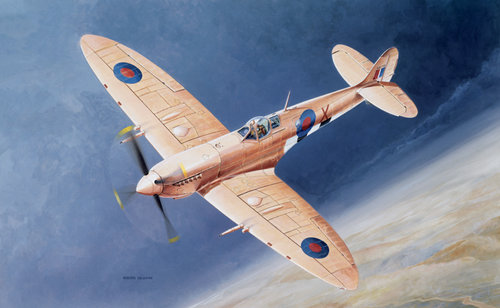 Italeri 2651 boxart.jpg175.8 KB · Views: 57
Italeri 2651 boxart.jpg175.8 KB · Views: 57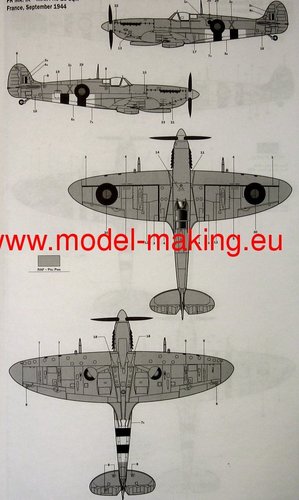 FR Mk.IXc MK 716 - Accidental_Italeri.jpg340.7 KB · Views: 57
FR Mk.IXc MK 716 - Accidental_Italeri.jpg340.7 KB · Views: 57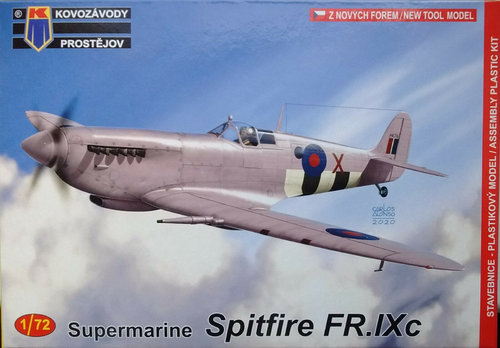 KPM-AZ-Models-1-72-KPM0176-Supermarine-Spitfire-FRMkIXc.jpg219.4 KB · Views: 58
KPM-AZ-Models-1-72-KPM0176-Supermarine-Spitfire-FRMkIXc.jpg219.4 KB · Views: 58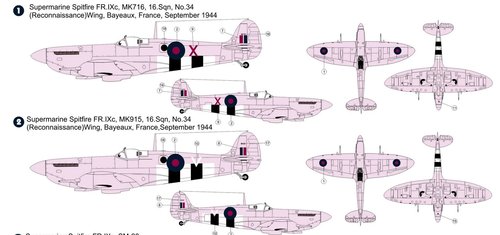 FR Mk.IXc MK716 MK915 KP.jpg321.5 KB · Views: 69
FR Mk.IXc MK716 MK915 KP.jpg321.5 KB · Views: 69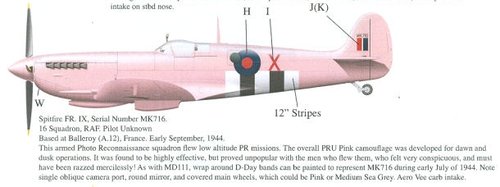 FR Mk.IXc MK716 BarracudaCals.jpg73.2 KB · Views: 68
FR Mk.IXc MK716 BarracudaCals.jpg73.2 KB · Views: 68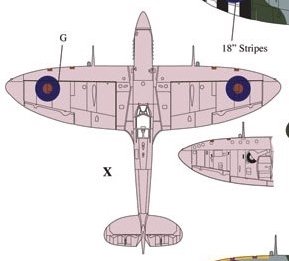 FR Mk.IXc MK716 BarracudaCals-2.jpg32.9 KB · Views: 63
FR Mk.IXc MK716 BarracudaCals-2.jpg32.9 KB · Views: 63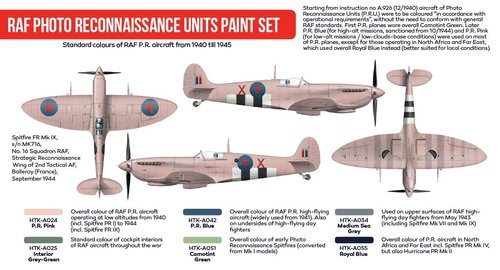 FR Mk.IXc MK716 Hattaka.jpg327.2 KB · Views: 67
FR Mk.IXc MK716 Hattaka.jpg327.2 KB · Views: 67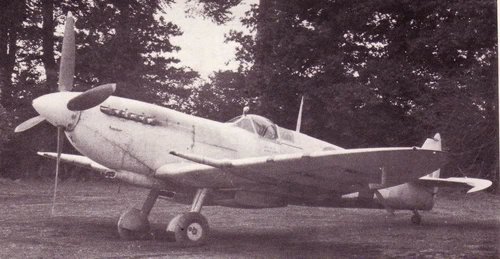 FR_IX.jpg136.9 KB · Views: 62
FR_IX.jpg136.9 KB · Views: 62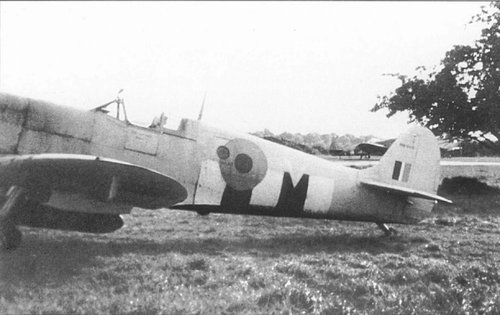 10MERL~1-2.jpg1.1 MB · Views: 65
10MERL~1-2.jpg1.1 MB · Views: 65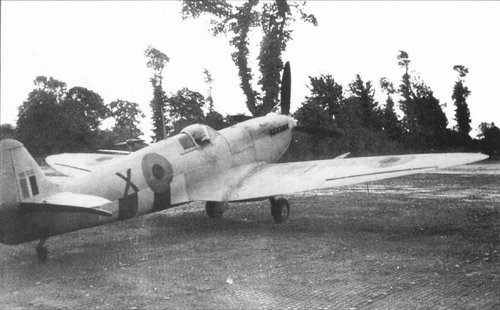 10MERL~1-.jpg971.3 KB · Views: 78
10MERL~1-.jpg971.3 KB · Views: 78
